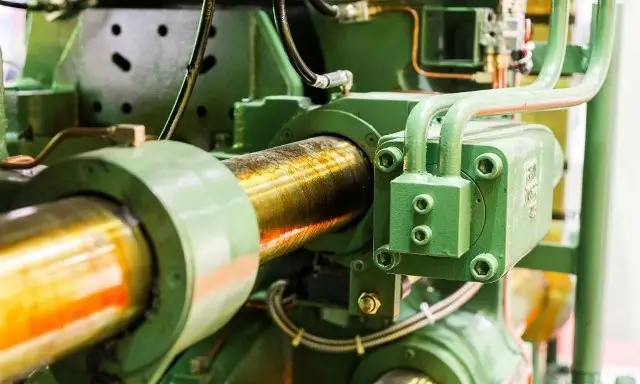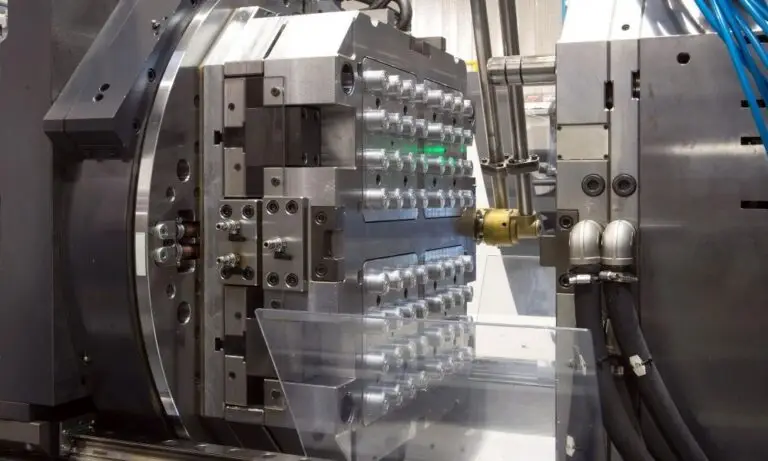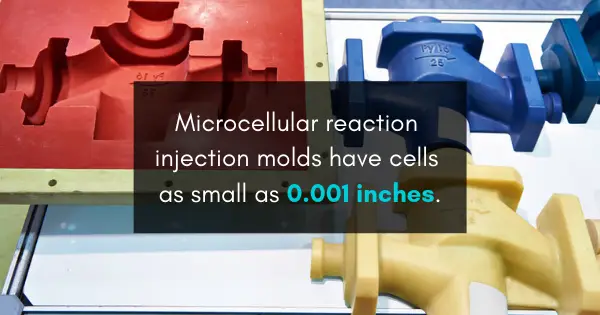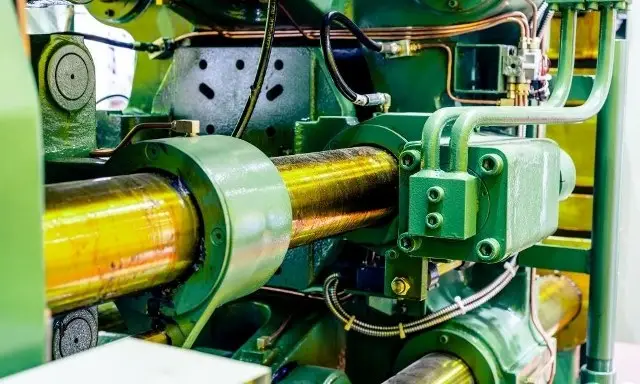What Is Reaction Injection Molding (RIM)?
Take a moment to look around. No matter where you are, chances are something made of plastic is close by. The development of synthetic polymers exploded in the decades following 1940. Many of the warring nations viewed them as a potentially cost-effective alternative to rubber, which was expensive and difficult to come by during the war. Throughout the course of its research and development, scientists discovered many more uses for synthetic polymers—before the decade ended, polymers burst onto the world stage and became ever-present throughout everyday life.
This process of scientific exploration spawned hundreds of different artificial materials, manufacturing methods, and research opportunities—one of them being the reaction injection molding process. Decades of study have refined the reaction injection molding process into what it is today: a well-engineered, versatile, and finely tuned method for creating a vast assortment of products and components.
WHAT IS REACTION INJECTION MOLDING?
Many different types of reaction injection molding materials exist for many unique applications, but polyurethane is the most common. The polyurethane injection molding process begins with two liquid thermosetting polymers that, when mixed together, chemically react and expand as they conform to the shape of the mold. The result is a strong, flexible, and lightweight product or component with convenient mass production capabilities. Depending on the combination of liquid polymers, the resulting reaction injection molding product can be:
- Solid and inflexible
- Elastomeric and stretchy, like rubber
- A rigid foam that breaks if bent
- A flexible foam that compresses and bends any which way
RIM makes for a nearly infinite number of manufacturing possibilities with incredible design flexibility. Further enhancements to the reaction injection molding process include two modified methods called Reinforced Reaction Injection Molding (RRIM) and Structural Reaction Injection Molding (SRIM). RRIM involves incorporating reinforcing fibers, typically glass or carbon, to the liquid polymer. This creates a stronger and more impact-resistant product—perfect for the automotive industry. In contrast, SRIM uses the same liquid polymers as traditional RIM, but the difference is all in the mold. Glass mats and fiber meshes are inserted into the mold prior to the injection of the liquids, resulting in a stiffly-fused composite product or component.
BENEFITS OF RIMNETICS’ REACTION INJECTJION MOLDING PROCESS
By using reaction injection molding, you can create a massive range of different products and components. They can be dense and impact resistant. They can be light and fluffy. They can be as big as a car or as small as a cellphone. They can have surfaces with varying thicknesses. The objects that we create can even be a mixture of some of these things at the same time. Thanks to the low pressure and temperatures of RIM, our team can encapsulate metal hardware, magnets, electronics, and other components directly into the final product. Finally, during the RIM process, we can use molds from cost-effective materials like aluminum, which dramatically reduces the tooling cost.
If you have any questions regarding our services, please contact us. We would love to work with you.






